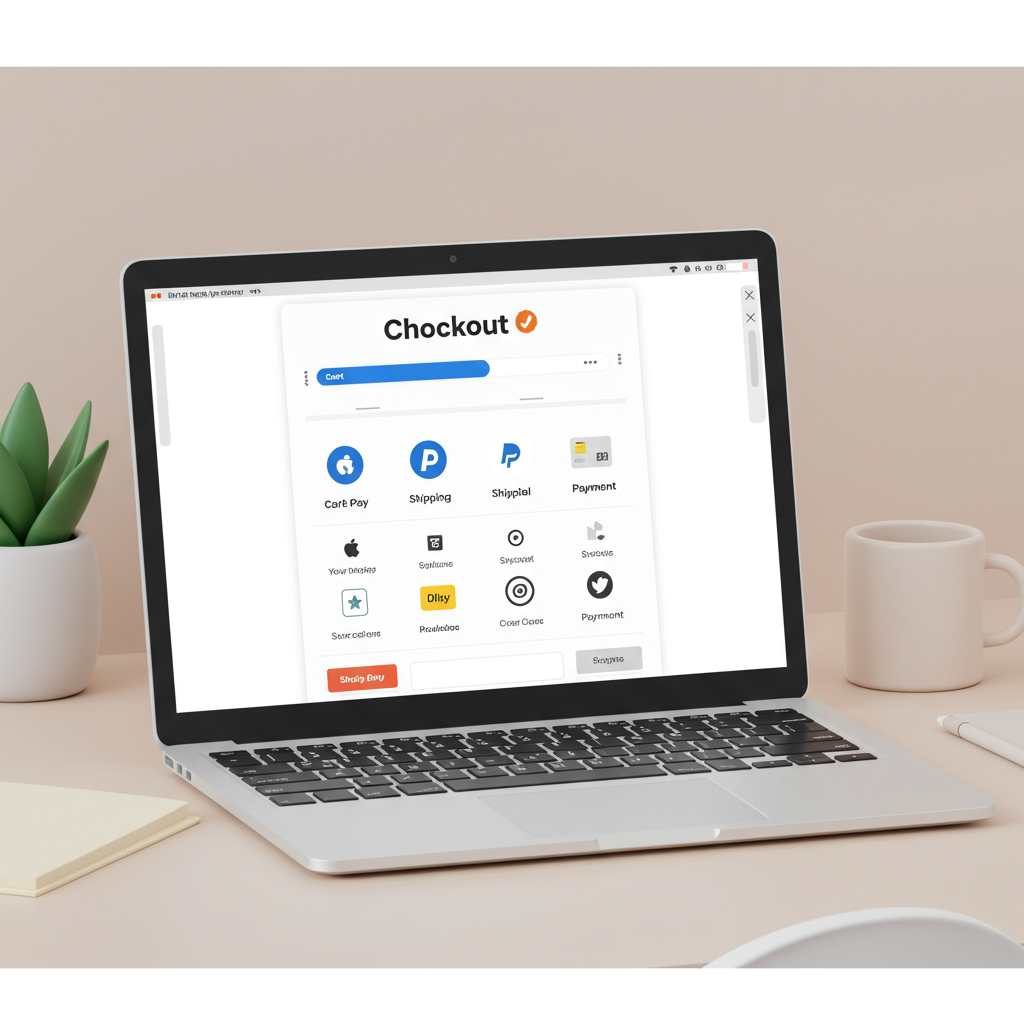Transforming Abandoned Carts into Completed Sales with Proven Strategies
As a merchant, I know the thrill of a new sale. But I also know the frustration when a potential customer abandons their cart right at the finish line. It’s a common pain point, isn’t it?
We pour our hearts into building beautiful stores, crafting compelling product descriptions, and driving traffic, only for a significant portion of that effort to evaporate at the checkout stage.
This isn’t just a minor hiccup; it’s a major leak in our revenue pipeline. Today, I want to share with you my insights and actionable strategies for optimizing your Shopify checkout process.
My goal is to help you convert more of those almost-customers into loyal patrons, turning those abandoned carts into completed orders. Let’s dive deep into how we can make your Shopify checkout a conversion powerhouse.
First, let’s understand the journey. The checkout process is the final, critical stage of your sales funnel. It’s where all the trust, desire, and value you’ve built culminate.
A smooth, intuitive, and trustworthy checkout experience is paramount. Any friction here can lead to immediate abandonment, regardless of how much the customer loved your product moments before.
We need to measure to improve. The two key metrics I constantly monitor are my checkout conversion rate and my cart abandonment rate. Shopify Analytics provides excellent tools for this.
A high abandonment rate signals issues within your checkout flow. Our mission is to identify these bottlenecks and systematically eliminate them.
The very first thing I ensure is that my customers feel secure. An SSL certificate is non-negotiable; Shopify provides this automatically, but ensure it’s active and visible.
Displaying trust badges from recognized payment providers (Visa, MasterCard, PayPal, Shop Pay) and security seals (McAfee, Norton) can significantly boost confidence.
I also make sure to prominently feature customer reviews or testimonials, especially those related to the purchase experience, near the checkout button or on product pages leading to it.
My philosophy is: less is more. The checkout process should be as streamlined as possible. Avoid unnecessary fields or distractions.
Shopify’s one-page checkout is a huge advantage. Ensure your forms are clear, concise, and auto-fill where possible. Offering a guest checkout option is also crucial; don’t force account creation.
Clear calls to action (e.g., ‘Continue to Shipping,’ ‘Complete Order’) guide the customer effortlessly through each step. Ambiguity is the enemy of conversion.
I’ve learned that every second counts. A slow-loading checkout page is a guaranteed conversion killer. Optimize your images, use a fast theme, and minimize third-party scripts.
Shopify’s infrastructure is generally robust, but your theme and app choices can impact speed. Regularly audit your store’s performance using tools like Google PageSpeed Insights.
Offering a variety of payment methods is non-negotiable in today’s global marketplace. I ensure I accept major credit cards, PayPal, and especially Shop Pay.
Shop Pay, Shopify’s accelerated checkout, is a game-changer. It allows customers to complete purchases with a single click, significantly reducing friction. I actively promote its use.
Consider local payment methods relevant to your target audience, and explore ‘buy now, pay later’ options like Affirm or Klarna, which can boost average order value and conversion.
Transparency here is key. Hidden costs are a leading cause of abandonment. I make sure my shipping costs are clearly stated upfront, ideally on the product page or in the cart.
If possible, offer free shipping. It’s a powerful incentive. If not, provide clear, tiered options. For international sales, ensure customs duties and taxes are either calculated or clearly explained.
A significant portion of my traffic comes from mobile devices. I constantly test my checkout flow on various smartphones and tablets to ensure it’s perfectly responsive and easy to navigate.
Large buttons, easy-to-read fonts, and minimal scrolling are essential for a seamless mobile experience. Shopify themes are generally mobile-friendly, but always double-check.
Even with the best optimization, some carts will be abandoned. I use exit-intent pop-ups to offer a last-minute incentive (e.g., a small discount) before they leave.
More importantly, I implement robust abandoned cart email sequences. A series of well-timed, personalized emails can recover a significant percentage of lost sales.
I make it easy for customers to get help if they encounter an issue. A visible link to my FAQ, a live chat option, or a clear phone number on the checkout page can prevent abandonment.
While I use this ethically, a gentle nudge can help. Displaying ‘only X left in stock’ or ‘offer ends soon’ can encourage immediate purchase, but only if it’s genuine.
The checkout doesn’t end with the payment. A clear order confirmation page, immediate email confirmation, and easy access to tracking information build trust and encourage repeat business.
This is where the real magic happens. I never assume; I test. A/B test different button colors, field labels, payment icons, or even the order of information.
Small changes can lead to significant improvements. Shopify’s app store offers tools for A/B testing, or you can use external services. Always test one variable at a time.
Leverage Shopify Flow for automation (e.g., sending follow-up emails based on cart value). Explore apps that enhance checkout, like those for upsells/downsells or advanced shipping rules.
Remember, Shopify’s checkout is highly optimized by default, but your theme, apps, and content choices can introduce friction. Regularly review your entire customer journey.
Optimizing your Shopify checkout is an ongoing process, not a one-time fix. It requires continuous monitoring, testing, and refinement.
By focusing on trust, simplicity, speed, and customer convenience, you can significantly reduce abandonment rates and boost your overall conversion rate.
I’ve seen firsthand the impact these strategies can have on my own store’s bottom line. It’s about making the final step of the purchase journey as effortless and reassuring as possible.
What do you think about this article? I’d love to hear your thoughts and any strategies you’ve found particularly effective in your own Shopify store.






